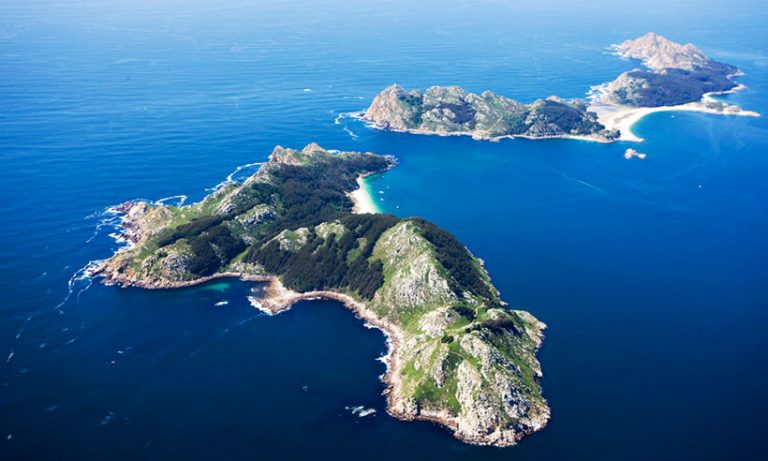Samaín is the date on which all Galicians celebrate October 31, long before the celebration of Halloween was exported. Samaín is part of the most deeply rooted tradition in Galicia.
History of Samaín
In Gaelic, Samhain means “end of summer”, as the ancient Celts celebrated it at that time of transition from summer to winter. This millennial celebration takes place every year, during the night that runs from October 31 to November 1.
The Celtic New Year
Celtic Year was configured with the Samaín. The Celtic peoples considered that the year was divided into two parts: a dark one, which began on the night of Samaín and a light one, which began on the night of Walpurgis. But the beginning of everything is that of Samaín, which is when summer died and winter was born.
The Druids were in charge of celebrating the Celtic festival to honor the ancestors. Legends say that they collected mistletoe berries at night in the most remote forests, for which they used a sacred sickle forged in gold.

With them they prepared potions and predicted about the future of the crops and their villages. One of the rituals was apple-picking, which has become Halloween apple bobbing. This ritual is to immerse fruits in a cauldron with water and collect them with the mouth.
During that day, the Druids stacked sacred branches and lit bonfires at dusk to drive away evil spirits. Some people covered themselves with animal skins, masks, etc. to mislead ghosts, which would give rise to the custom of disguising that is currently maintained at night.
Long before there were pumpkins in Galician gardens, in Samaín the Celtic populations took skulls from their enemies killed in battles and illuminated them to place them on the walls of Galician forts.


Galicia land of legends, land of Celtic origin in which all history transports you to the magic of its lands.






